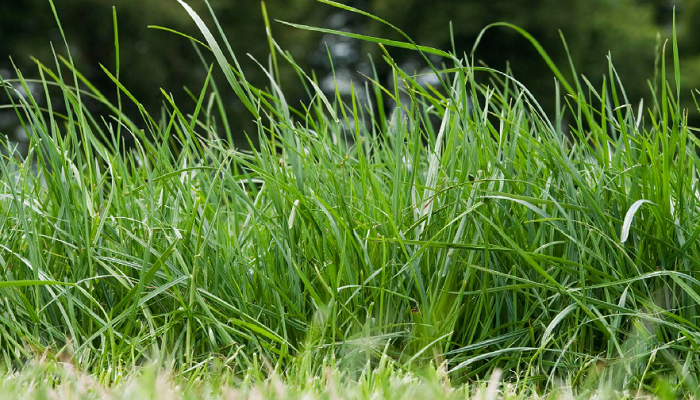04 July 2023
Precision nitrogen management – what is it and why is it required?
Those attending today’s Moorepark Open heard of precision nitrogen management – a key tool to optimise grass production and minimise nitrogen loss using grass growth predictions and grass measurements.
To date, chemical nitrogen fertiliser application guidelines have very much followed a calendar pattern. In recent years, however, weather patterns in spring, summer and autumn have all been very unpredictable, with no two consecutive years following similar patterns for rainfall and daily temperatures.
The pattern of monthly rainfall for the last five years for Moorepark is summarised in Table 1. While the pattern of rainfall is very inconsistent between years, the total end of year total is generally very similar, even when there have been very dry periods within years.
What is striking though, is that in 19 of the last 63 months (30%) rainfall was <50 mm (Table 1), which can result in soil moisture deficits during the main grazing season (April to September). In 2018, there was four consecutive months with <50 mm of rainfall from May to August, which had a severe impact on pasture production (-3 t DM/ha).
In 2022, three months (May, July and August) recorded <50 mm rainfall. If this pattern of inadequate rainfall during the main growing months of the year continues, management practises need to change.
Specifically, nitrogen management during these periods, as well as in spring, needs to be refined to achieve a better response to fertiliser and reduce the risk of nitrate leaching in autumn. It is not practical to depend solely on traditional calendar dates to apply chemical fertiliser, and instead live grassland data from PastureBase Ireland and Met Éireann should also be used to maximise grass production and response to chemical nitrogen fertiliser application.
Table 1: Mean monthly and total rainfall from 2018 to 2023 at Teagasc Moorepark
| 2023 | 2022 | 2021 | 2020 | 2019 | 2018 | |
|---|---|---|---|---|---|---|
| January | 104 | 43 | 60 | 10 | 66 | 138 |
| February | 17 | 97 | 190 | 153 | 57 | 40 |
| March | 144 | 83 | 53 | 48 | 118 | 89 |
| April | 53 | 69 | 23 | 65 | 109 | 175 |
| May | 51 | 44 | 131 | 37 | 26 | 49 |
| June | 73 | 27 | 73 | 88 | 32 | |
| July | 34 | 63 | 73 | 35 | 43 | |
| August | 28 | 58 | 145 | 107 | 43 | |
| September | 140 | 102 | 43 | 72 | 60 | |
| October | 230 | 125 | 102 | 155 | 72 | |
| November | 165 | 33 | 119 | 141 | 167 | |
| December | 369* | 90 | 135 | 153 | 115 | 168 |
| Total | 1,096 | 1,000 | 1,021 | 1,089 | 1,076 |
Key points to follow on Precision Nitrogen Management:
- Match chemical N fertiliser application rate to grass demand, use the predicted growth rates in the Grass 10 newsletter;
- Avoid spreading chemical N fertiliser when heavy rainfall and low soil temperature are forecasted (for example – in March 2023 there was no appropriate window to spread N);
- Cease N fertiliser applications mid-season when grass growth is less than 30 kg DM/ha;
- Target lower N fertiliser applications when sward clover content is >20%;
- Soiled water can be used strategically to replace chemical N fertiliser in grazing swards;
- Test slurry samples to determine N content and adjust chemical N fertiliser application rates accordingly;
- Replace some chemical N fertiliser application levels in spring in line with slurry applied using low emissions slurry systems.
In the below video, Michael O’Donovan and Mike Egan take us through the Grassland board at the Moorepark Open Day:
This article was taken from the paper titled: ‘Grassland – the source of a sustainable future’ by Michael O’Donovan, Elodie Ruelle and Michael Egan from the Moorepark ’23 Open Day book. To access this full paper or for more information from Moorepark ’23, click here.

